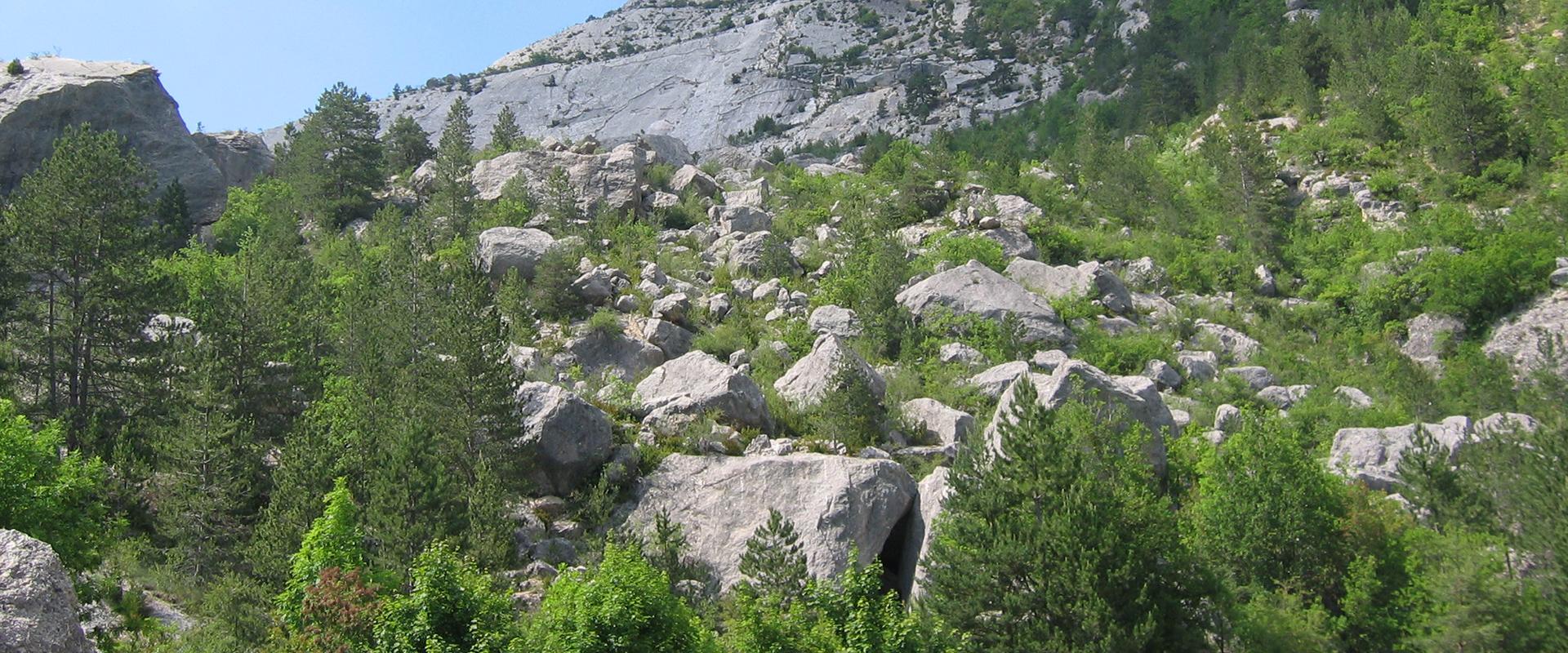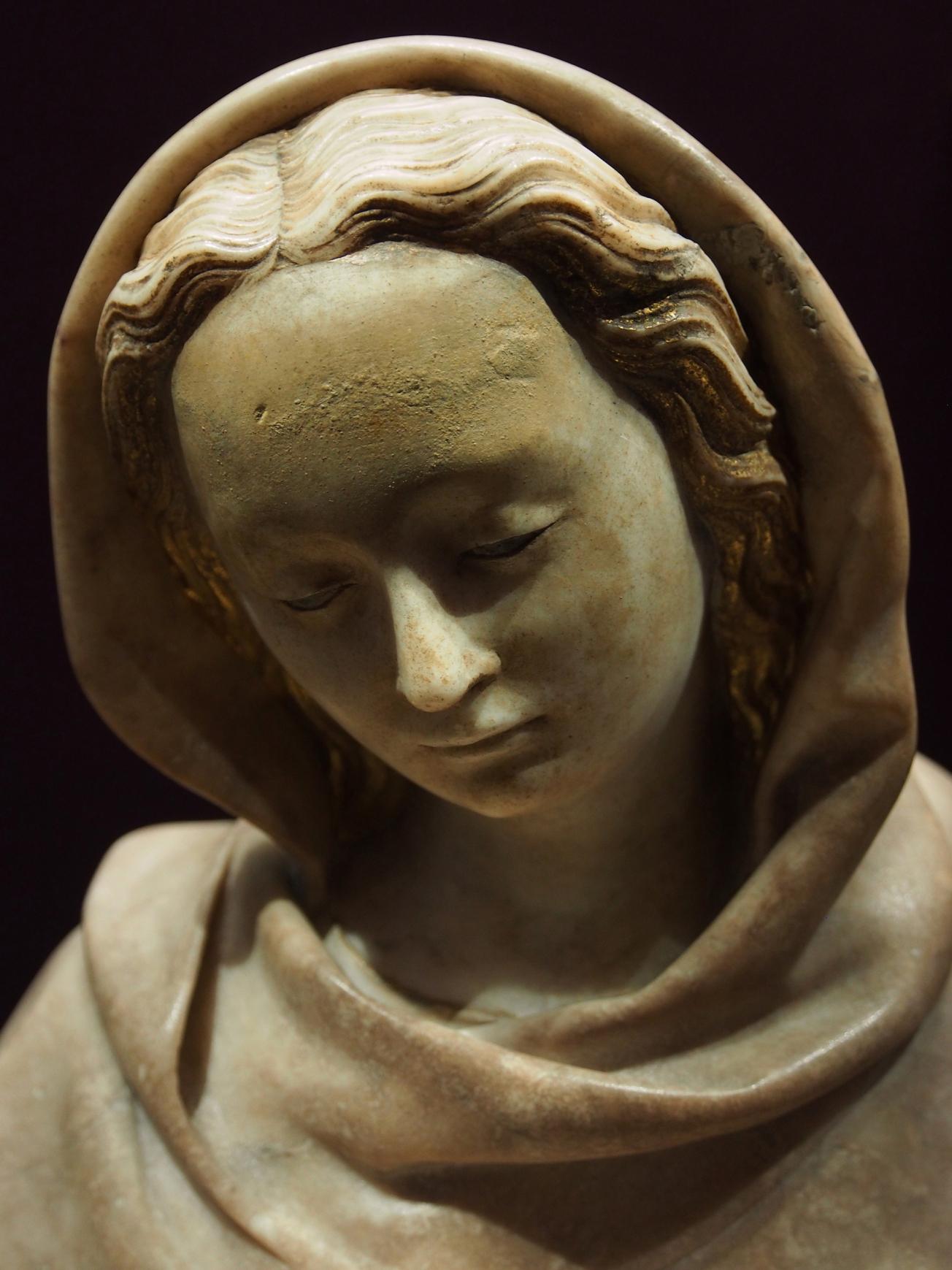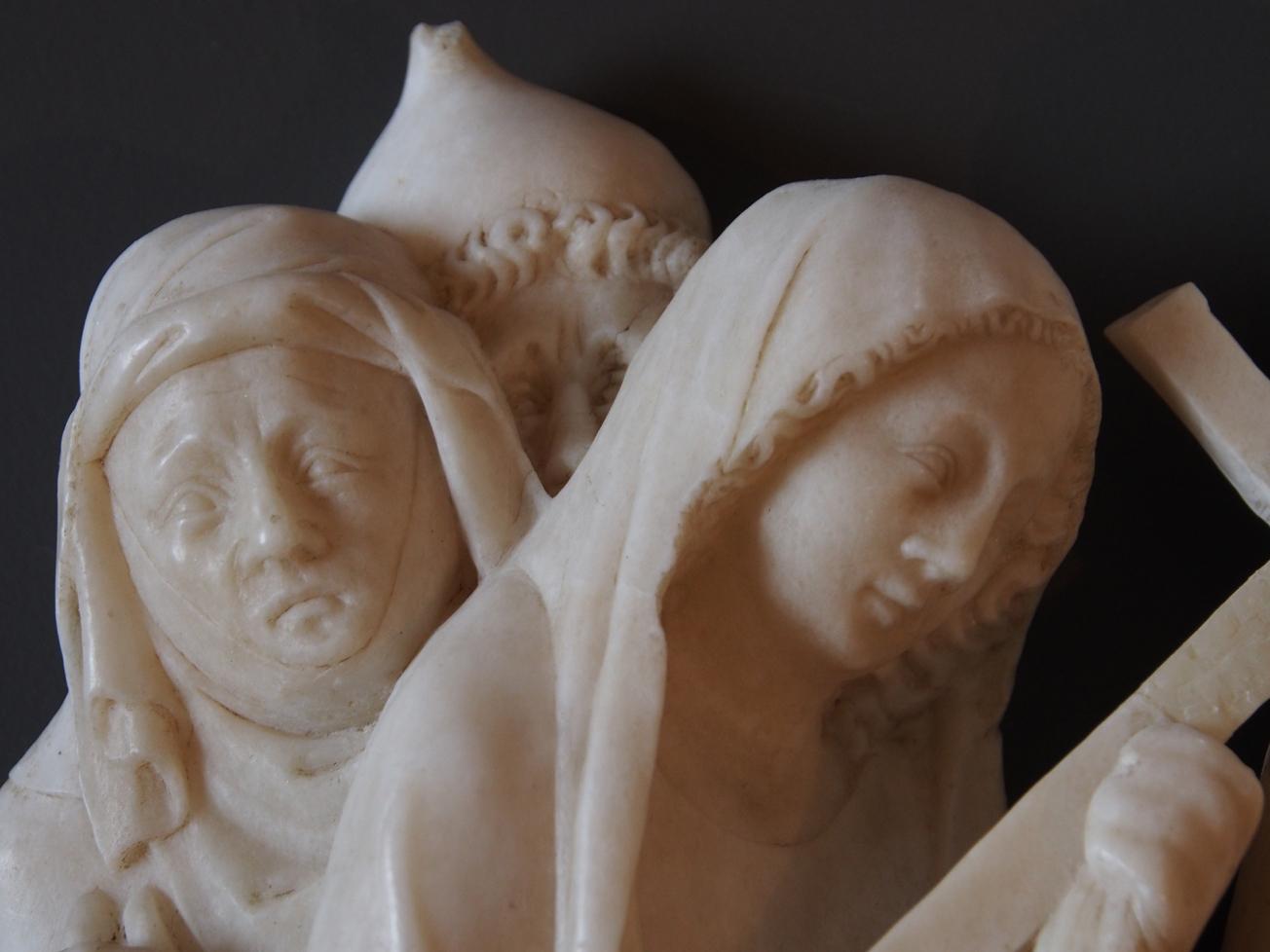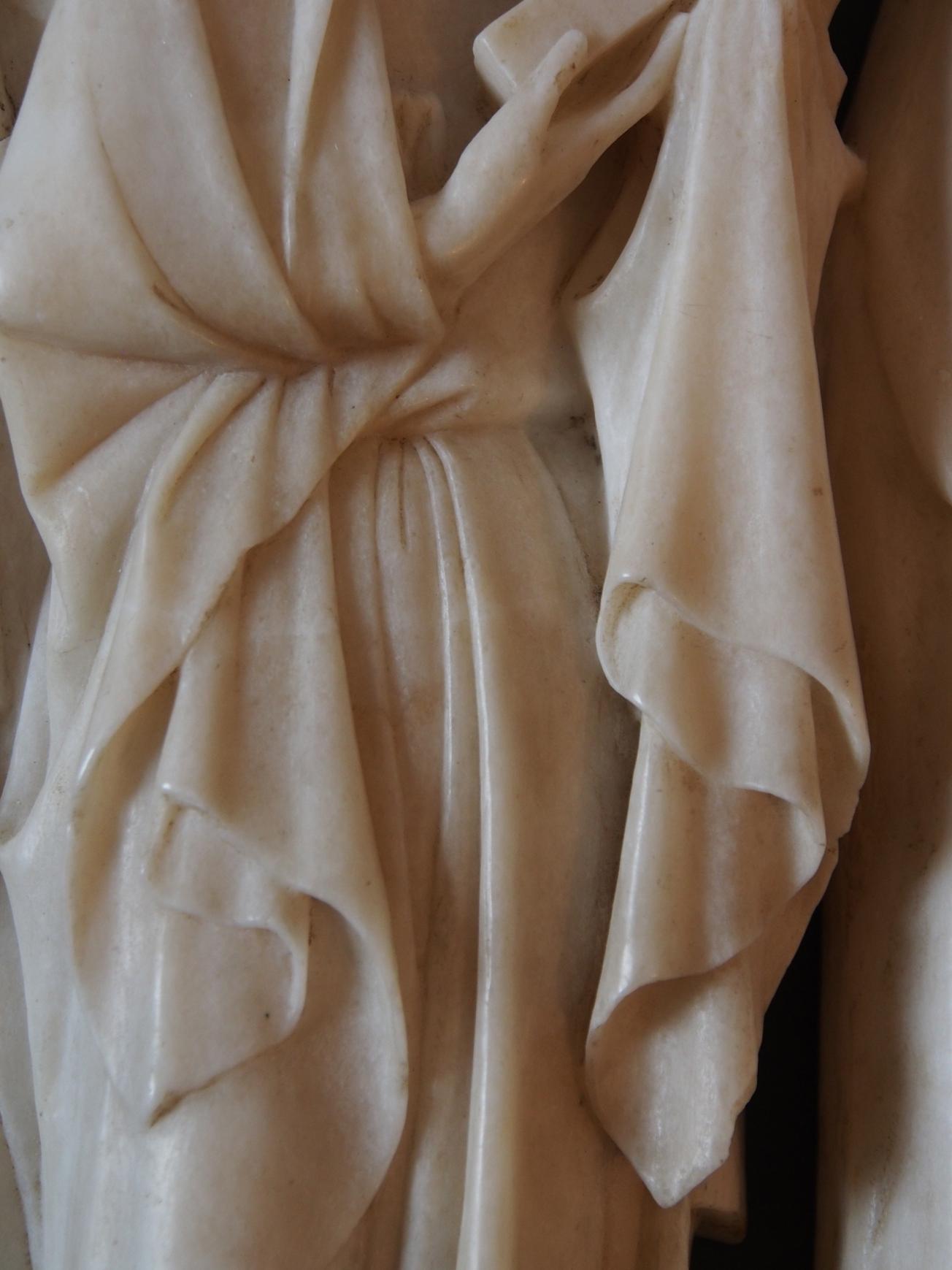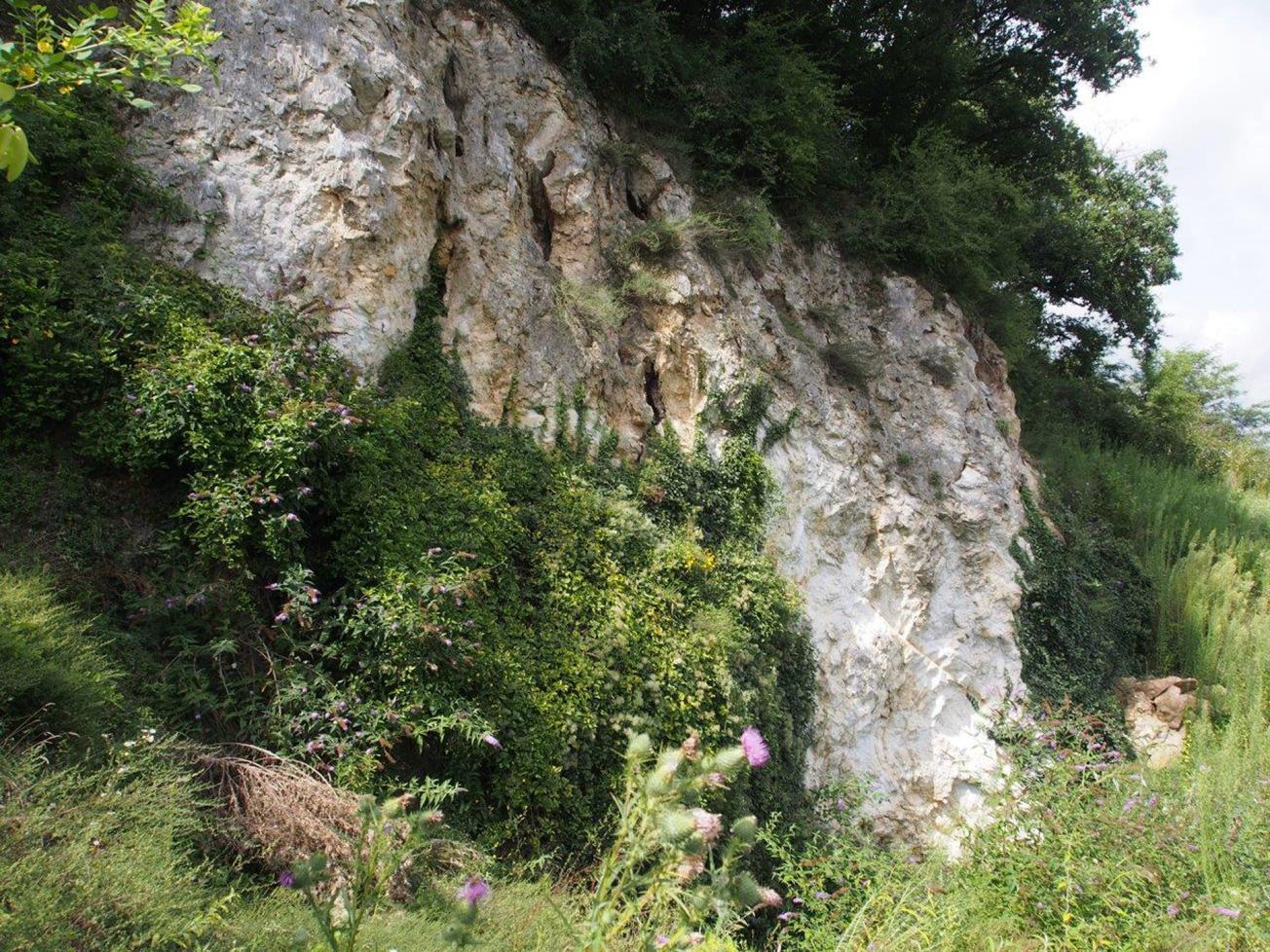Alabaster
In 2013, the BRGM and the Louvre Museum began work on the Alabaster project, in close cooperation with the Historic Monuments Research Laboratory (LRMH) and the Interdisciplinary Centre for Heritage Conservation and Restoration (CICRP), and with the participation of renowned museums in France and abroad. The project was co-funded by the Louvre Museum, the Foundation for Heritage Sciences and the BRGM. The aim is to identify the sources of the materials used by Mediaeval sculptors by comparing the specific signatures of alabaster deposits with those of their sculptures. The American scientific journal PNAS has now published the research on its website in an article on the Alabaster project.
Wolfram Kloppmann, a BRGM researcher in isotopic chemistry, and colleagues have been retracing alabaster trade routes in Europe from the 12th to the 17th century, using a technique based on the isotopic "signatures" of sulphur, oxygen and strontium, three constituent elements of alabaster.
Alabaster was one of the preferred materials used by Mediaeval and Renaissance sculptors. It is as white as marble but softer and easier to sculpt into fine detail. Alabaster was used to sculpt royal and papal effigies, numerous religious statues and architectural ornamentation.
Study published in the PNAS scientific journal
The research for the Alabaster Project has been published in the prestigious American scientific journal PNAS (Proceedings of the National Academy of Sciences) in an article that went on line this week.
PNAS is one of the world's most frequently cited and exhaustive scientific journals. It publishes over 3100 research articles each year.

